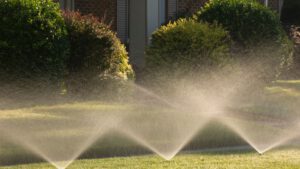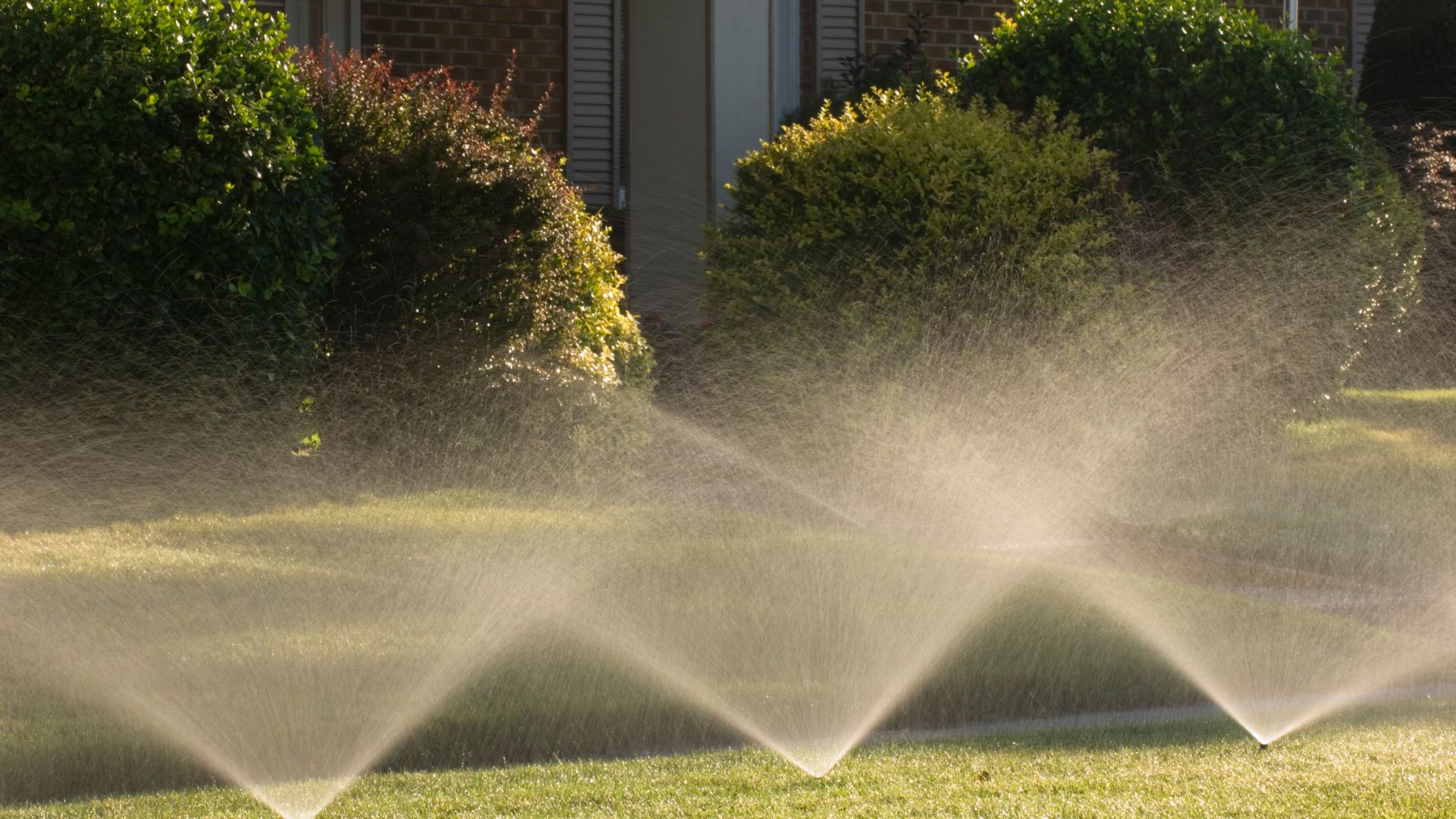Sprinkler repairs are not cheap, but keeping your system in top condition with prompt fixes and routine maintenance saves money and reduces the need for costly replacement. Watch out for telltale signs like moss and wet spots in your yard.
If your sprinklers are not watering well, it’s likely due to a valve or head problem. A professional should examine the sprinkler system and advise you of repair costs. For professional help, visit https://www.landscapersharrisburgpa.com/.
As with most mechanical devices, there are times when even the smallest and simplest components fail. For instance, your vehicle’s starter solenoid might stop working, preventing the engine from cranking. Usually, this happens because the actual solenoid is okay, but the supporting electrical connections have frayed. You may notice this by a clicking sound when you turn the key in your car, or the starter might not engage at all.
Solenoid repair involves identifying the cause and correcting it. Since these valves have a few simple parts and work mechanisms, they’re quite easy to fix on your own. Some tips on solenoid repair include knowing what to look for, tracking down any debris that might interfere and replacing any worn-out machine parts.
Solenoids corrode like any other machine part, and this is especially common for old ones. Moving parts also wear out over time, and this might be why your solenoid won’t open. The leads that deliver electricity to the solenoid can also wear out over time.
The easiest thing to check is the voltage of the solenoid coil. You’ll want to ensure that it’s in line with your power supply specifications. Additionally, you can try cleaning the valve’s moving parts such as the plunger assembly and the armature tube to see if that fixes the problem.
A failed solenoid might also be caused by a low fluid level. This can be due to a leak or a blocked port, which could lead to the valve failing to close. If this is the case, you’ll need to remove the valve and replace it with a new one that has the same pressure specifications.
It’s best to consult your vehicle’s owner’s manual before you get started on any car repairs, including starter solenoid repair. Typically, you’ll need to disconnect the negative battery terminal and raise the vehicle with a floor jack high enough so that you can place two jack stands under the frame near each wheel. Once you’ve done that, it’s possible to remove the starter and then access the solenoid. You’ll want to mark each wire as you disconnect it so that you know what connects where on the replacement starter.
Solenoid Replacement
The in-ground sprinkler system that irrigates your yard has different types of valves that control the flow of water. Some of these valves are above ground and others are below ground. When a solenoid valve stops working properly, it can cause problems throughout the irrigation system such as low or intermittent water pressure, erratic spray patterns and even flooding. Usually, cleaning the solenoid will correct these issues, but sometimes they require replacement. Irrigation professionals recommend inspecting the entire valve system regularly for leaks and other problems. When one of these malfunctioning valves occurs, you can replace it with a new one that is identical to the old valve. This is not difficult to do; it only requires shutting off the main water supply and disconnecting the low-voltage controller wires.
If you find that your sprinkler is constantly turning itself on and off and not delivering the right amount of water at the right time, you probably have a valve with a bad diaphragm. In this case, it is necessary to disassemble the solenoid and clean it. This is a simple task, but be careful when doing this because the spring-loaded plunger inside of it is very sensitive and can easily be lost in the process. Once the diaphragm is removed, look for tiny passages in the lid area. These are the ports that the plunger opens and closes. Make sure that these are not clogged with anything like a pebble, twig or grain of sand.
Once you have the diaphragm and plunger cleaned, it is time to reassemble the valve. Before you do this, however, you must make sure that the new valve is compatible with your irrigation system by checking the material, voltage and pressure specifications. Then, reconnect the low-voltage controller wires to the new valve using wire nuts or waterproof connectors. After replacing the solenoid, test it to ensure that it is functioning correctly.
Many people are surprised to learn that a car is composed of many small and large parts that work together to keep it moving. If any of these parts fail, it can cause a ripple effect that results in a malfunctioning vehicle. One of the more commonly known issues with a car is the starter solenoid, and this can be very difficult to fix.
Valve Repair
A sprinkler system that isn’t functioning properly can waste thousands of gallons of water. If you notice puddles or parts of your yard getting no water, it’s time to call for a New York sprinkler repair professional. The problem could be caused by a lack of rain, an overly cold winter (if it wasn’t properly winterized), or broken pipes in the irrigation piping. Having an expert take a look at your system and make the right repairs can save you money in the long run.
Irrigation professionals can perform a number of different repairs, including repairing the sprinkler heads and valves and finding and fixing leaks in your sprinkler pipe system. It’s important to have a professional do this type of work since it requires a lot of specialized equipment and knowledge of irrigation systems.
It can also be dangerous to work with water and electricity on your own. Irrigation specialists have the tools, safety gear, and experience to do the job safely and quickly.
If you notice that a single sprinkler head isn’t spraying water or has an odd angle, this could indicate a problem with the sprinkler head itself or with a clogged head. In many cases, this can be fixed by removing the sprinkler head and cleaning it out. If this doesn’t fix the issue, it may be a sign of a broken pipe or a broken valve somewhere in your system.
Sometimes an individual electric solenoid will fail to open or close despite receiving the correct command from the system controller. This can cause a zone to remain on and waste water, potentially washing away your landscape. A sprinkler technician can diagnose and fix this by shutting off the water supply at the house, disconnecting the power to the solenoid, and removing and replacing it with a new one.
Irrigation system repairs can be simple or complex, depending on the nature of the problem and its severity. Irrigation professionals can also perform more advanced sprinkler system repairs, such as locating and replacing a broken pipe or diagnosing electrical faults in the wiring.
Valve Replacement
In many cases a sprinkler valve that fails to open or close is caused by something other than the solenoid, like the diaphragm (rubber gasket) inside the valve. It could be that the diaphragm is ripped or cracked, or that there are small bits of dirt in it. A quick disassembly and cleaning should solve the problem.
First shut off the water to the valve by turning the valve handle at the valve box so it is perpendicular to the pipe. Then remove the cover and the top of the valve to expose the solenoid and diaphragm.
You can find replacement valves at irrigation supply stores or you may be able to buy the “guts” of the old valve and replace only the diaphragm and solenoid. It is important to know the brand and model of your sprinkler valve when purchasing parts, as each one is slightly different. Also, each brand has a unique adapter that goes between the valve socket and the PVC pipe. These adapters typically have a threaded end that screw on the valve socket and a slip-fit end designed to be solvent-glued to the PVC pipe. Before buying a new adapter, test it on your existing valve to make sure it fits.
Next clean off the diaphragm and solenoid of the old valve to ensure they are free of any debris. If the diaphragm looks cracked or brittle, replace it with a new one. Reassemble the valve and then test it by turning the system back on to make sure it works.
When replacing a valve in a recessed valve manifold it is important to make sure you have enough room between each valve to work. If the valves are too close together you will need to cut and glue a short piece of pipe between each valve. This can be a challenge as there is usually only about 1 foot of workable pipes in a recessed valve manifold.
Having a sprinkler valve leak can cause your lawn to dry out and lead to weed, fungus, and other plant growth. A sprinkler specialist can determine the type of leak and recommend the best solution.

